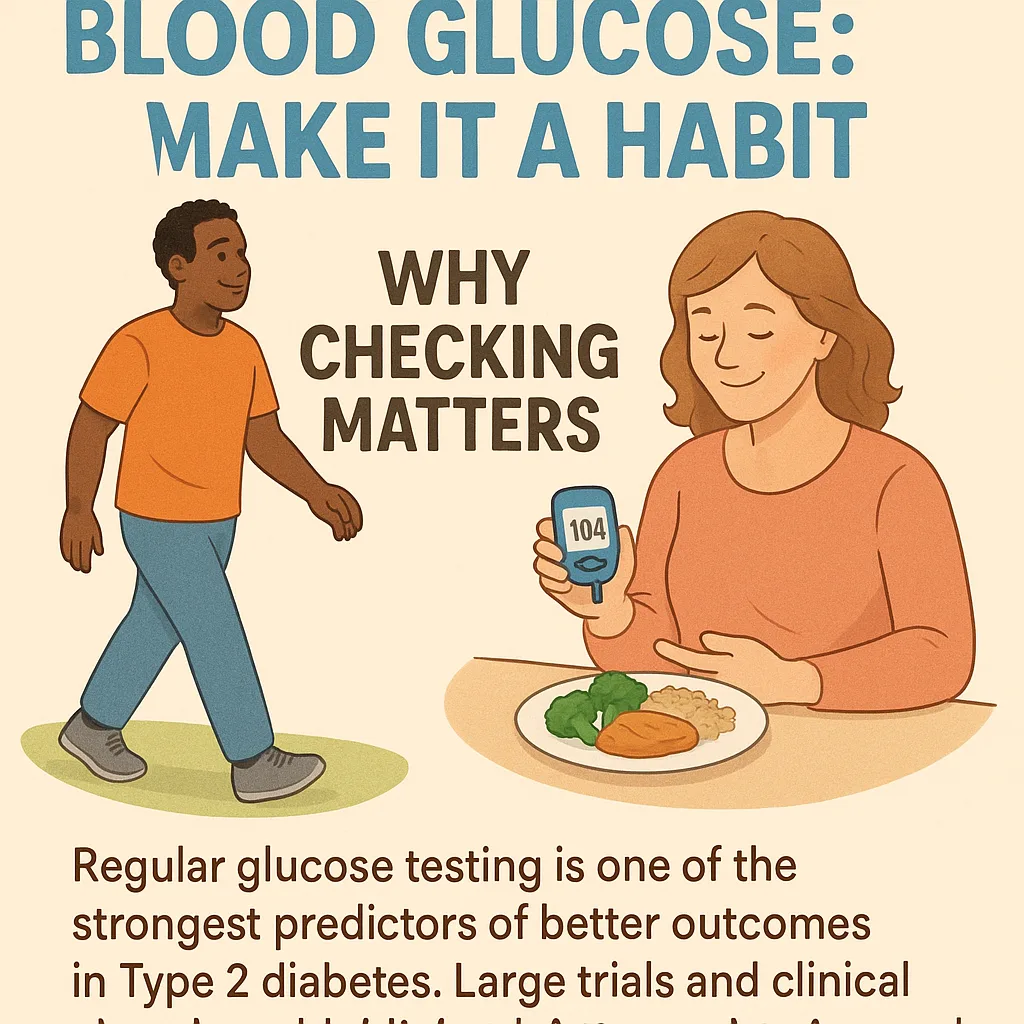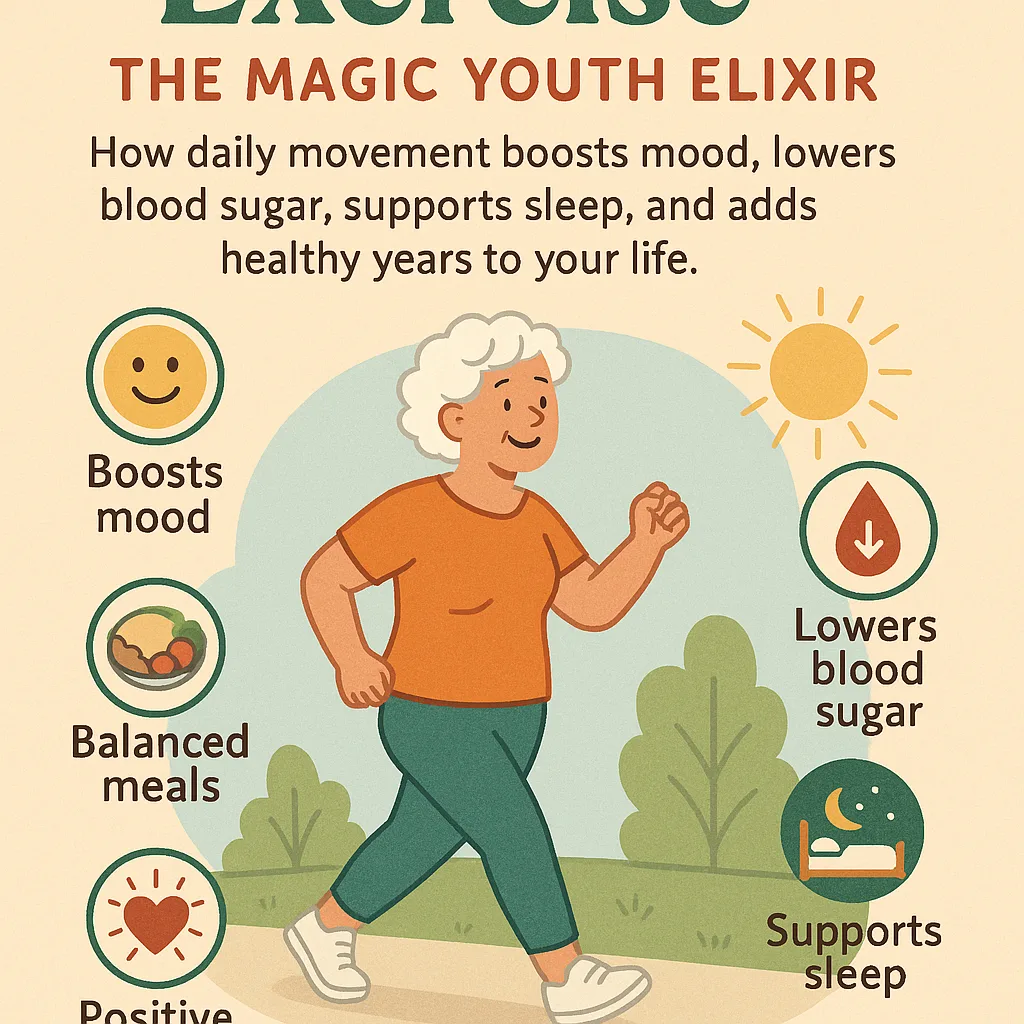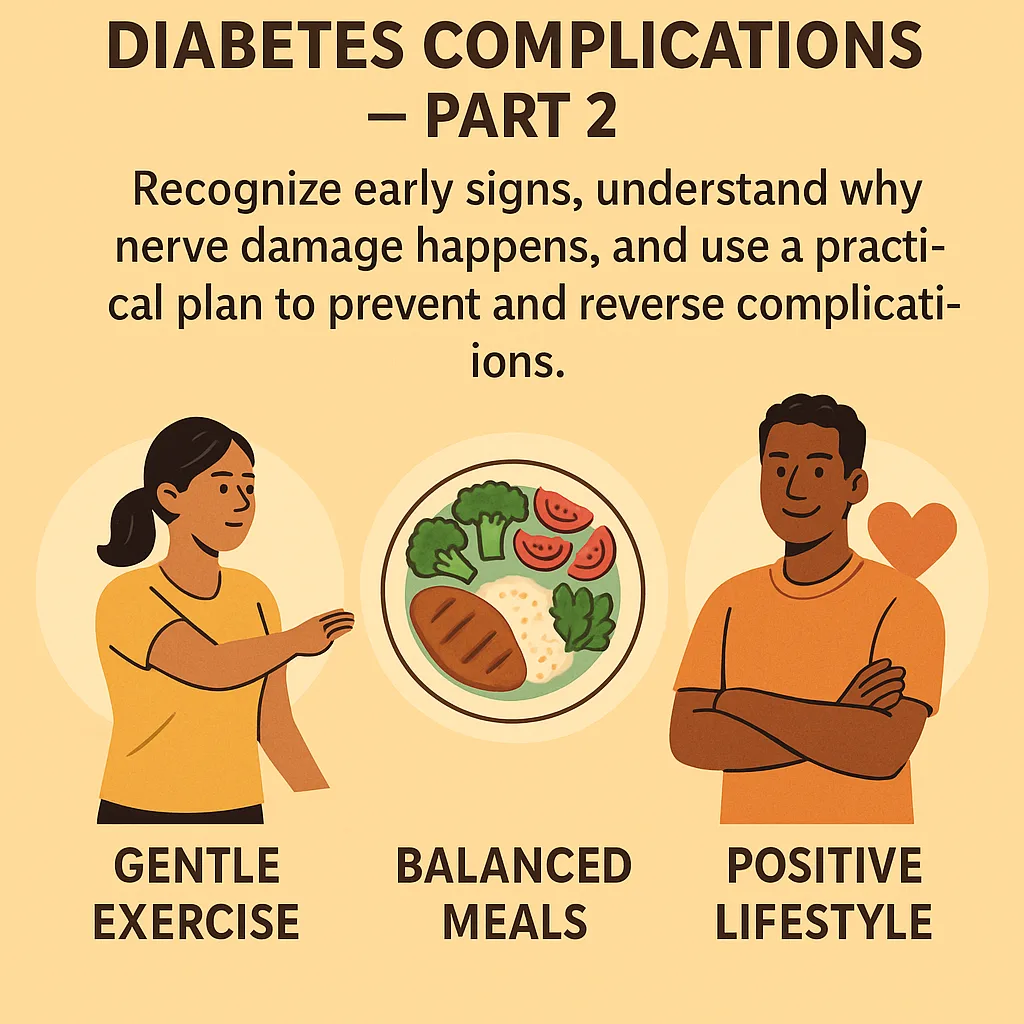Why checking matters
Regular glucose testing is one of the strongest predictors of better outcomes in Type 2 diabetes. Large trials and clinical alerts have highlighted that people who check consistently and keep glucose near normal ranges live longer and develop fewer complications. The habit shows you what works, what doesn’t, and where a small adjustment can make a big difference.
When to test
- Fasting, first thing in the morning
- Before meals
- Two hours after meals
- At bedtime
These touchpoints reveal fasting stability, meal responses, and overnight trends. If you use a CGM, set markers around meals and movement to learn patterns; if you use a meter, pick two meals per day to check post‑meal at 60–120 minutes and rotate across the week.
Targets and trends
Discuss personal targets with your clinician. Many people aim for fasting near normal and modest rises after meals. More important than any single reading is the pattern: Are mornings steady? Which meals cause sharper rises? Do evening portions need adjustment? Use answers to iterate your plan.
A simple workflow
- Log readings with context: what and when you ate, movement, sleep, stress.
- Identify one meal that needs a tweak: smaller carb portion, more protein, or a short walk.
- Re‑test that same meal later in the week to confirm the change helped.
Preventing complications
Nerves, eyes, kidneys, and blood vessels are injured by chronic high glucose and spikes. Testing is an early warning system. When you reduce the frequency and magnitude of spikes, you protect tissues and feel better day to day.
Make it automatic
- Keep your meter or CGM supplies visible and stocked.
- Pair testing with existing anchors: coffee, mealtimes, brushing teeth.
- Review weekly; celebrate improvements and plan one adjustment for the next week.
Your meter isn’t a judge—it’s a compass. Use it to find a path that fits your life and keeps you well.





